Wonder Bread, Wheaties, and Other Popular Foods That Turned 100 This Year
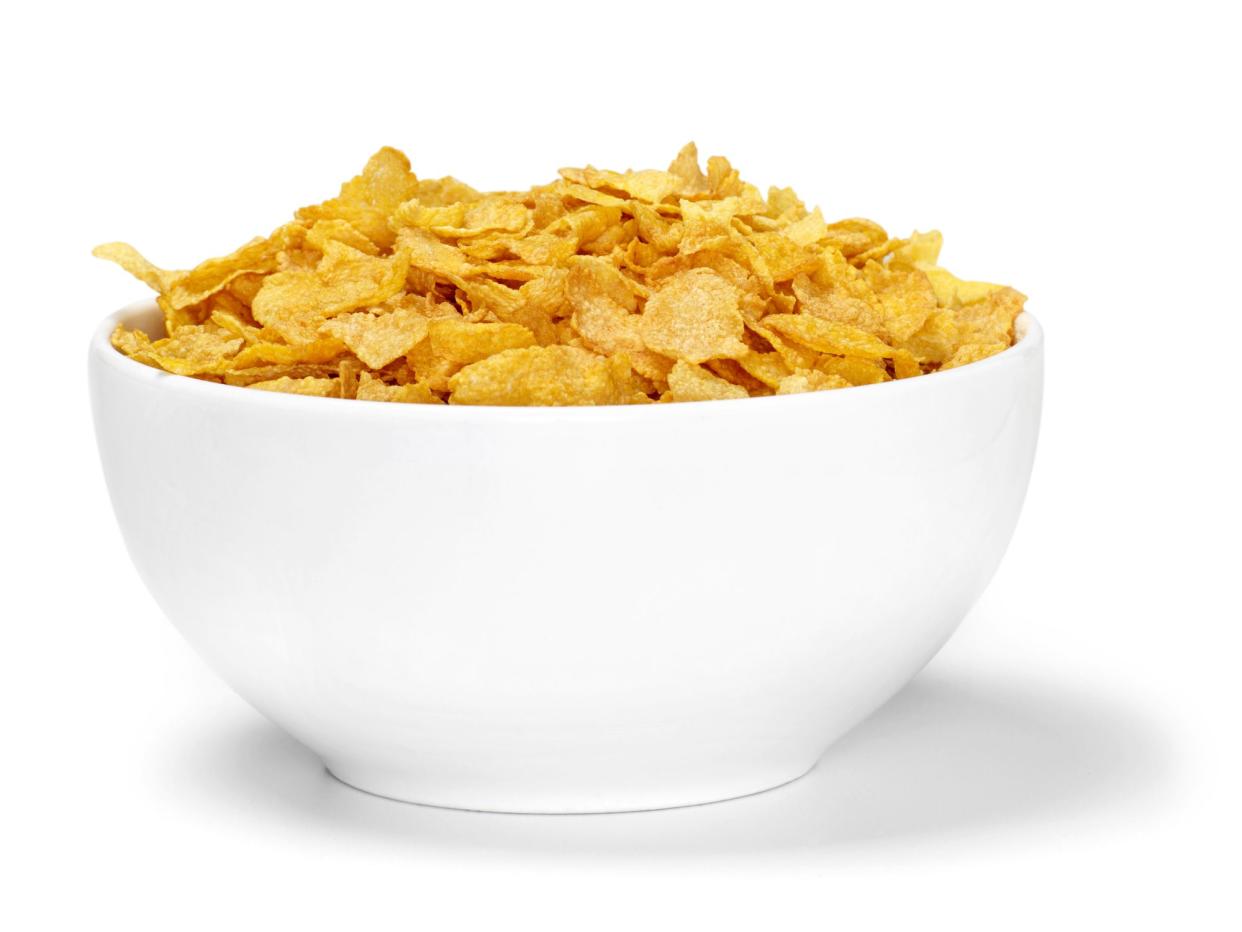
If you're old enough to drive, then you're probably old enough to remember when certain brand-name snack foods you like didn't even exist. New foods come and go all the time — some vanish almost as quickly as they arrived, while others have far more venerable lineages. Here are some foods you might find in your own cabinets that turn 100 this year, including one iconic cereal brand that's celebrating its birthday with a record-breaking, likely-to-sell-out collectible box featuring a basketball legend.
Related: 50 Things Turning 50 This Year
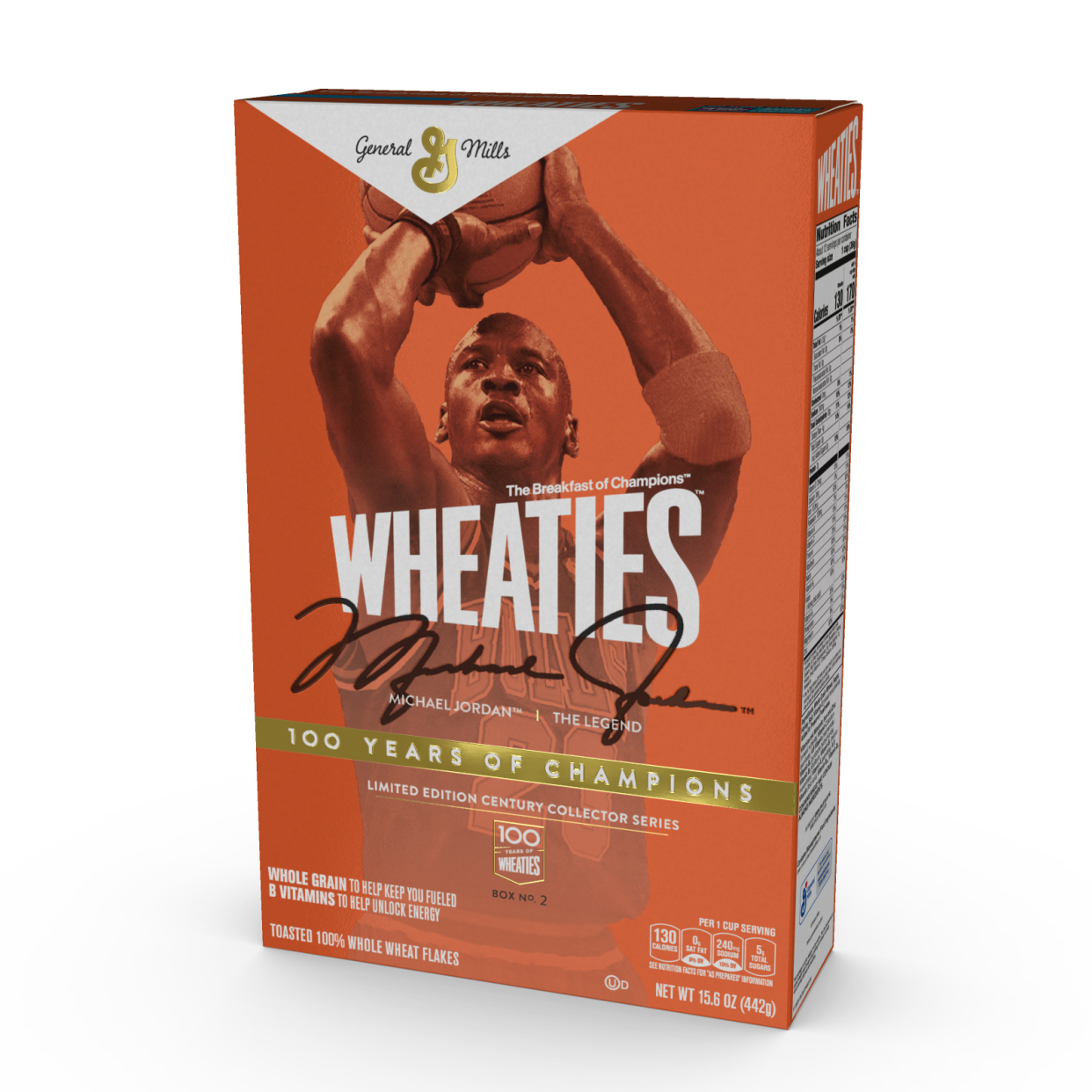
This "breakfast of champions" might not exist if not for a happy accident: a man working for the Washburn Crosby Company (which later changed its name to General Mills) spilled some wheat gruel onto a hot stove, where it hardened into thin, crispy flakes. Intrigued, the company tinkered with a variety of wheat-and-bran combinations before settling on the current recipe, which debuted in 1924 as Washburn's Whole Wheat Flakes, later shortened to Wheaties. Sales were poor at first, but increased dramatically after Christmas Eve in 1926, when Wheaties became the first product to be advertised with a singing, rather than spoken, radio commercial. Of course, the brand has become especially noted for its sports star collaborations. For its 100th anniversary, Wheaties is bringing back Michael Jordan boxes for a staggering 19th time. You can buy a collectible gold foil version from Wheaties' website starting Dec. 14. The first "100 Years of Champions" box featuring Muhammad Ali sold out.
Related: 25 Childhood Cereals We Wish They'd Bring Back
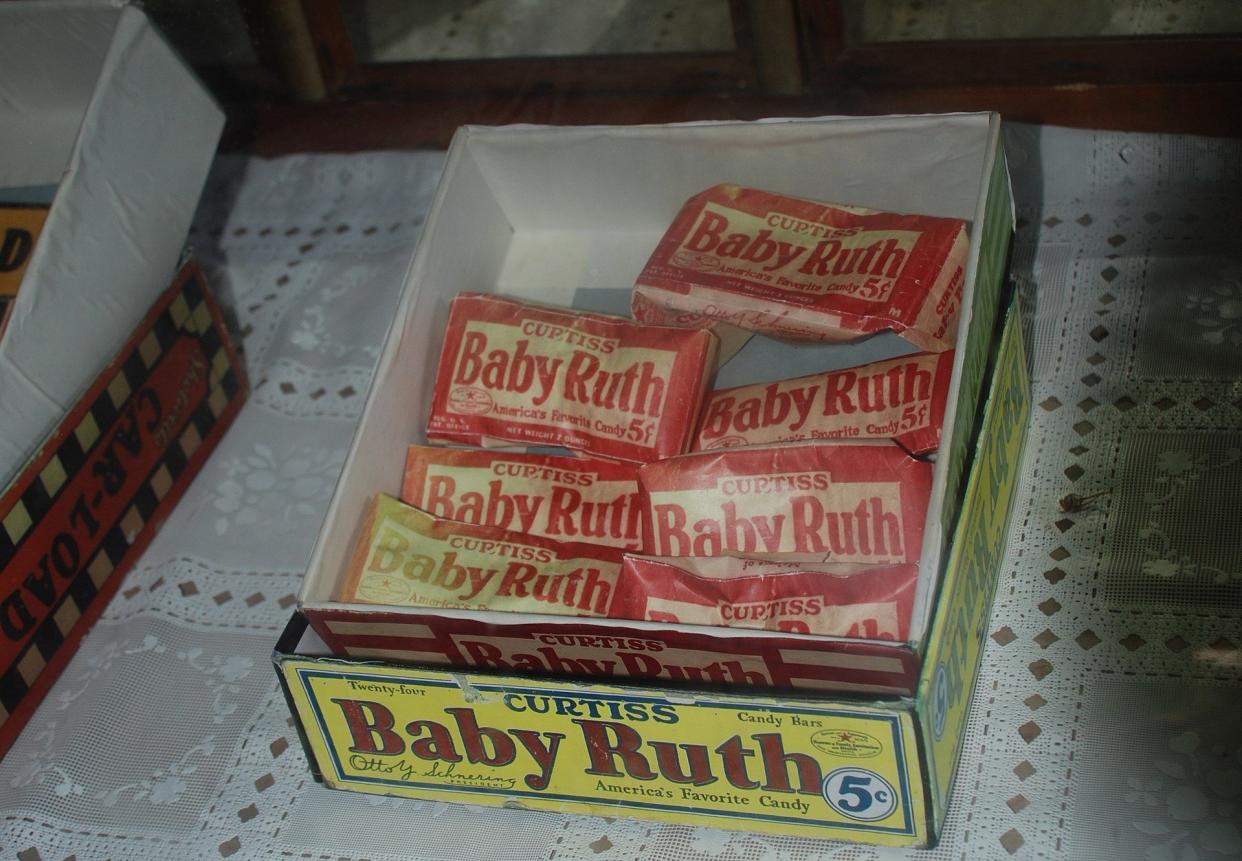
In 1921, baseball was America's most popular sport, and Babe Ruth was the sport's most popular star. Also that year, the Chicago-based Curtiss Candy Company started making and selling a five-cent candy bar (compared to the usual 10-cent price at that time) called Baby Ruth. Six years later, Ruth the baseball star began selling his own five-cent Ruth's Home Run candy bar, only to be sued for copyright infringement by Curtiss. In 1931, the courts ruled in favor of the Curtiss Candy Company, and decided that Babe Ruth and his Home Run candy bar were trying to cash in on the name similarities between Baby Ruth and Ruth's Home Run (whose wrappers also identified it as "Babe Ruth's own candy"). The candy bar is now owned by Ferrero.
Related: How to Make Classic Childhood Candies
For more fun trivia stories, please sign up for our free newsletters.
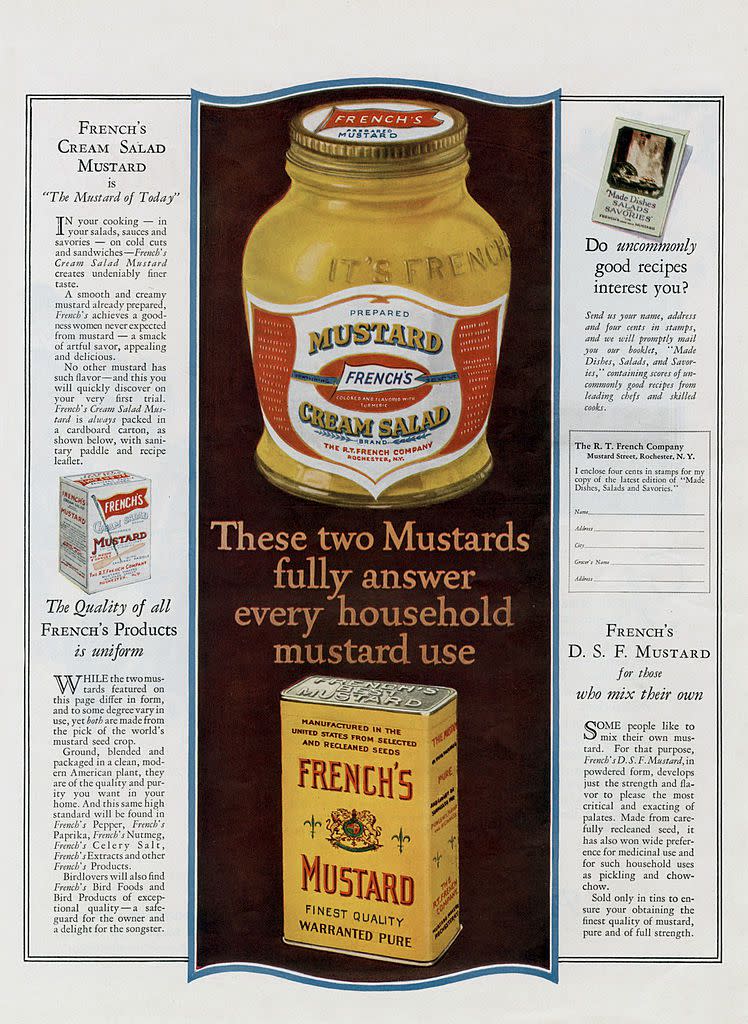
There's a certain yellow condiment that Americans today generally buy pre-made and simply call mustard — though, through the beginning of the 20th century, it was more properly called mustard sauce and usually made from scratch. French's yellow mustard is well over 100 years old — first appearing as French's Cream Salad Mustard at the 1904 St. Louis World's Fair — but by 1921, the new product had grown popular enough that founder George French officially shortened the name to French's mustard.
Related: 24 Condiments From Around the World to Add Zing to Any Meal
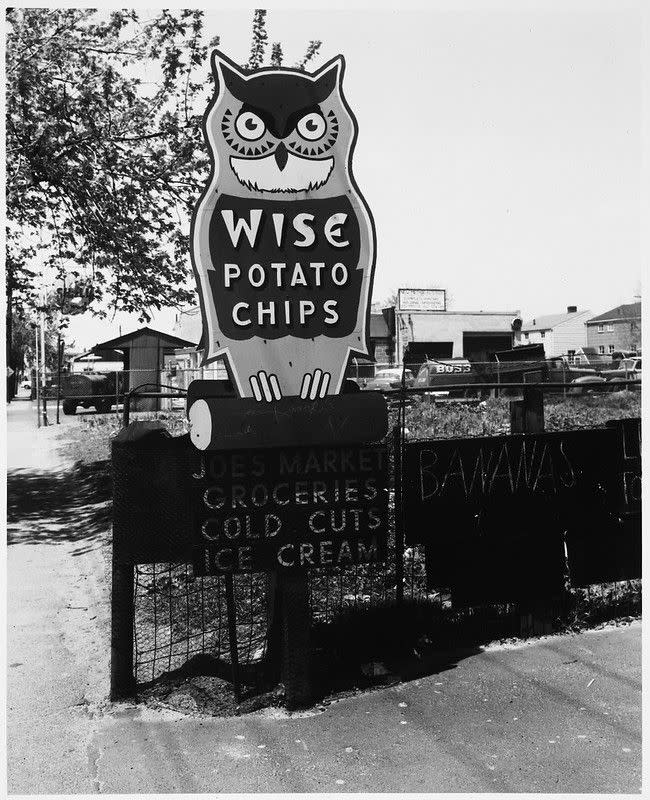
Delicatessen owner Earl Wise might never have started making and selling potato chips if not for a supply mixup which left him with far more potatoes than his deli could use. So he started making potato chips in his mother's kitchen, and they proved so popular he soon switched to making them full-time. For his company mascot, he chose the eye of a "wise" old owl as a pun on his name.
Related: Every Doritos Flavor We Could Get Our Hands On, Ranked
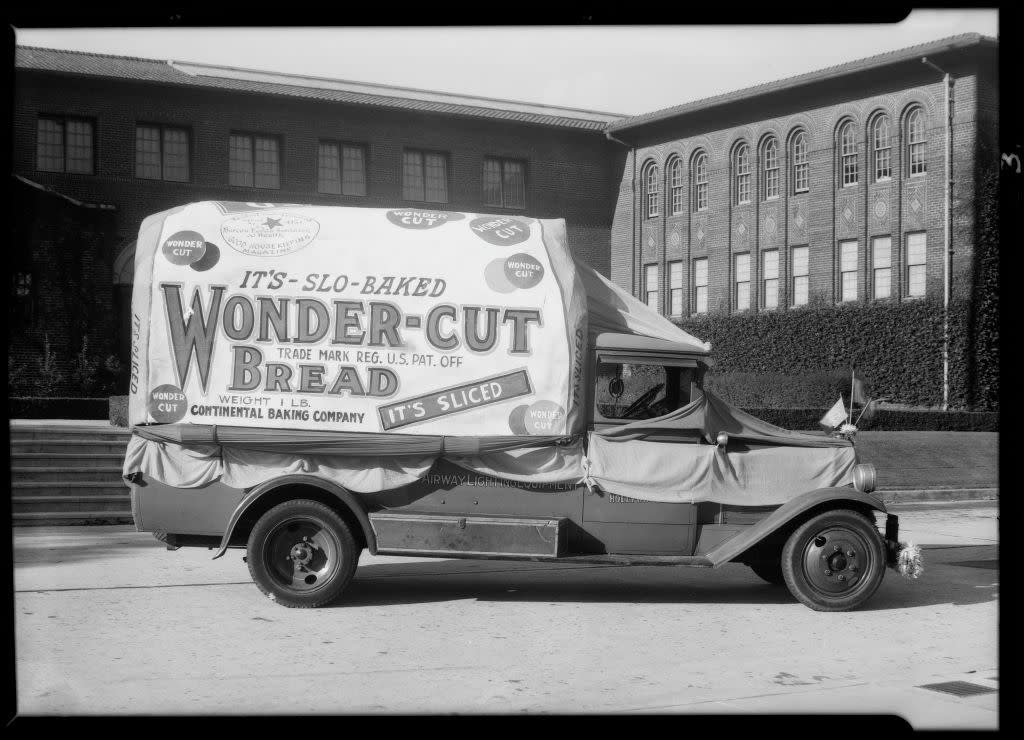
Those colored circles on the package of every loaf of Wonder Bread sold are meant to represent hot-air balloons. Indiana entrepreneur Elmer Cline was allegedly inspired to produce his mass-marketed bread after the "wonder" of seeing hundreds of colorful hot-air balloons floating across the sky at a balloon festival. Wonder Bread's popularity skyrocketed in the 1930s when the company adopted the still-new innovation of selling pre-sliced bread loaves.
Related: 40 Breakfast Foods Ranked by Their Calories Count
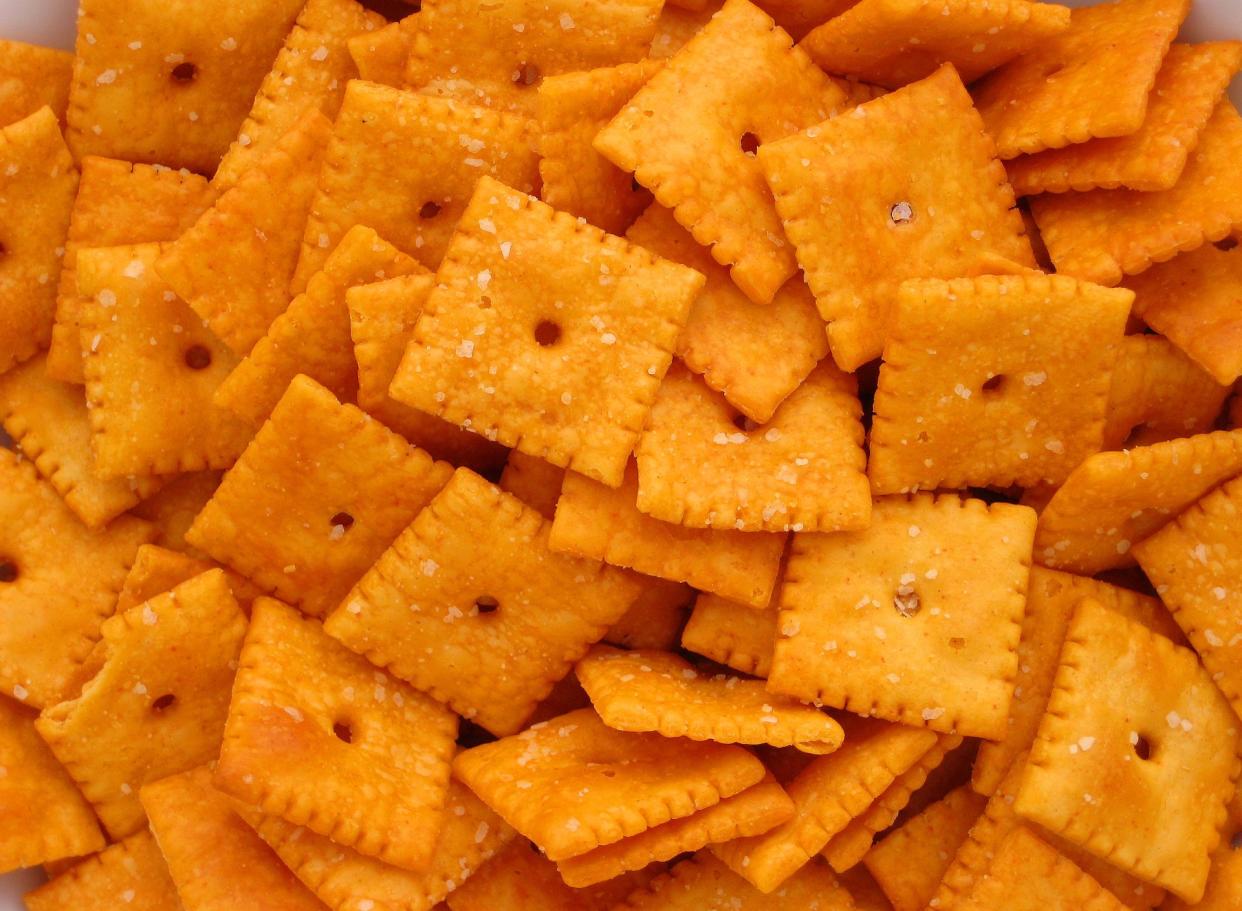
Throughout its hundred-year history, Cheez-Its have been made by different manufacturers. The Green & Green Co. first introduced Cheez-Its to the market, then the brand was bought out first by Sunshine and later by Keebler. Amazingly, the cheese-flavored inch-square crackers themselves have barely changed in all that time.
Related: 18 Lunch-Box Staples That Are Surprisingly Bad for Your Kids
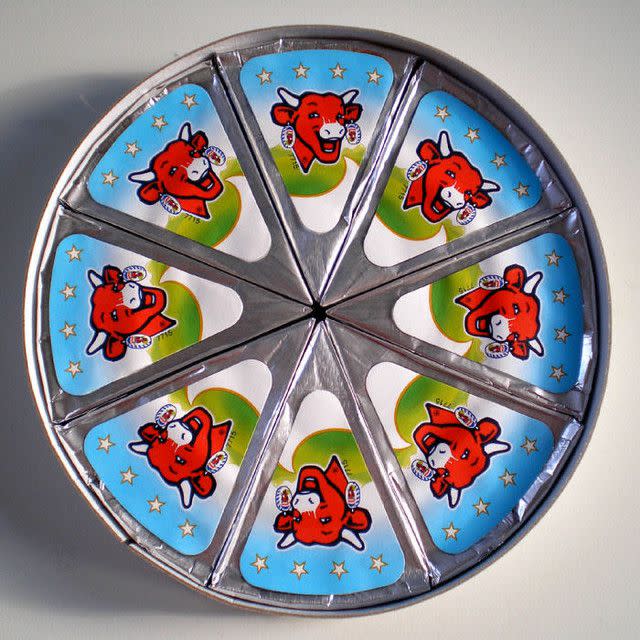
When Laughing Cow cheese (or "La vache qui rit") first went on sale in France, it was the first processed cheese product registered in that country. Eight years later in 1929, the little wrapped cheese wedges (which could keep without refrigeration, an extra selling point in the days when home refrigerators were still expensive luxury items) were first introduced to international markets, and are now sold in 136 countries worldwide.
Related: Here's How Long You Have to Eat 25 Unrefrigerated Foods

These sugar-frosted jelly candies, first invented by a marshmallow-maker looking to expand his repertoire, have been an American candy-store staple for a full century now.
Related: The Forgotten History of the Candies That You Love
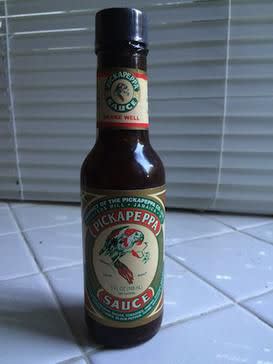
This spicy, tangy sauce, also known as "Jamaican ketchup," now comes in a variety of different flavors and spiciness intensities. The original version, which started in Shooters Hill, Jamaica, celebrates its centennial this year.
Related: We Tried 20 Popular Hot Sauces — and These Are the Best
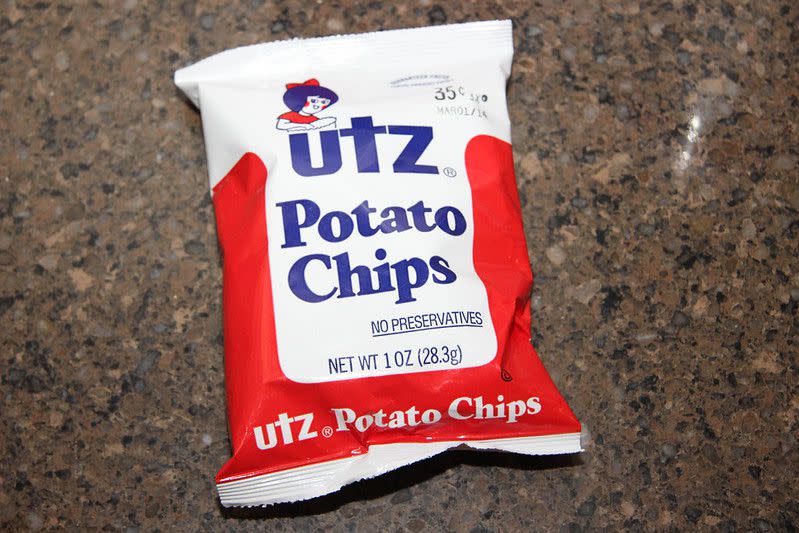
In 1921, William and Salie Utz started selling Hanover Home potato chips, which they made in their Pennsylvania home in modest quantities of about 50 pounds of chips per day. They soon expanded operations to meet demand, and in 1947 the brand name officially changed from Hanover Home to Utz Potato Chip Company.
Related: 36 Secret Ingredients That Made Grandma's Food Amazing
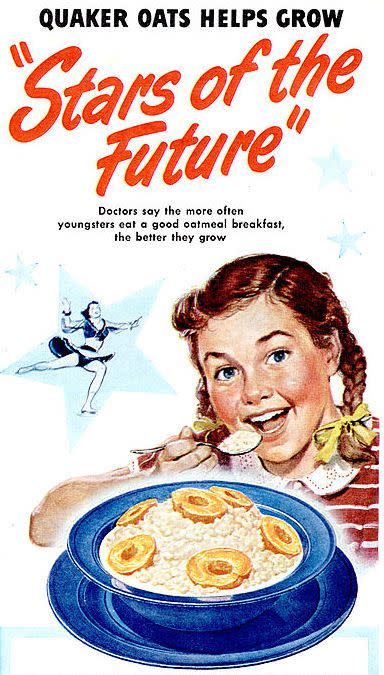
Oatmeal can make a nutritious and tasty breakfast (despite the opinion of Samuel Johnson, compiler of the first-ever English language dictionary, who infamously defined "oats" as "A grain, which in England is generally given to horses, but in Scotland supports the people"). However, even fine-ground oatmeal requires a lot of cooking time before people can digest it, until the Quaker Oats company developed a then-innovative process resulting in oatmeal that took only five minutes to cook — an early example of an "instant" hot breakfast.
Related: 20 Oatmeal Recipes That Will Make You Miss Going to Brunch a Little Less
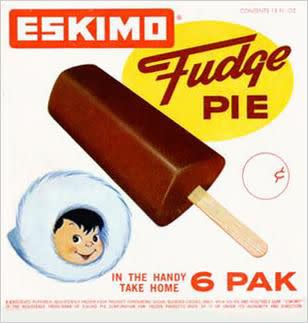
In 1921, a Nebraska entrepreneur invented and sold chocolate-covered vanilla ice cream bars under the name "I-Scream Bars." The following year the name changed to Eskimo Pie, which it kept for 99 years until 2020, when the name changed again to "Edy's Pie," since the name "Eskimo" was considered derogatory toward native Alaskans.
Related: 24 Big Names That Changed to Avoid Being Canceled
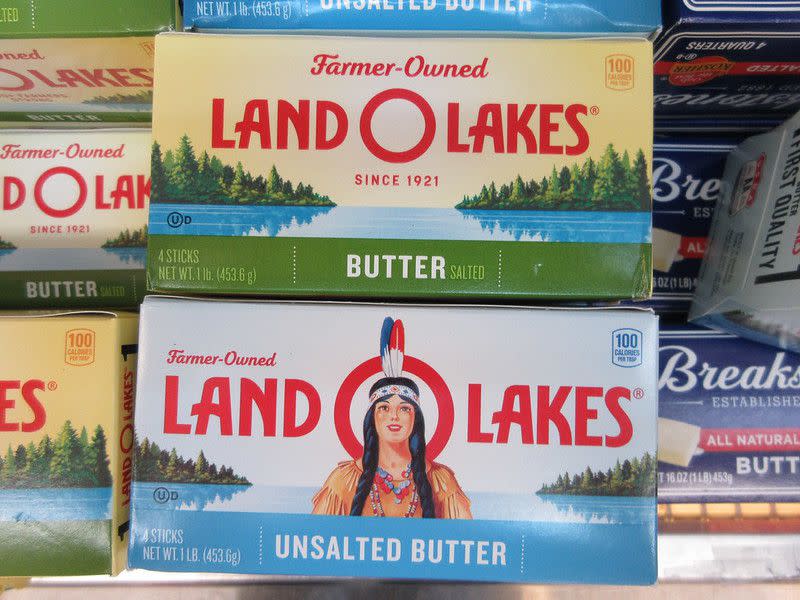
People have eaten butter since prehistoric times, and all of it was homemade until the late 19th century when the first mass-production butter-making techniques were developed. In 1921, a group of dairy farmers founded the Land O'Lakes Dairy Co-op, which introduced several innovations: the company was the first to sell butter as individually wrapped sticks rather than in tubs, and also made all of its butter from sweet rather than sour cream.
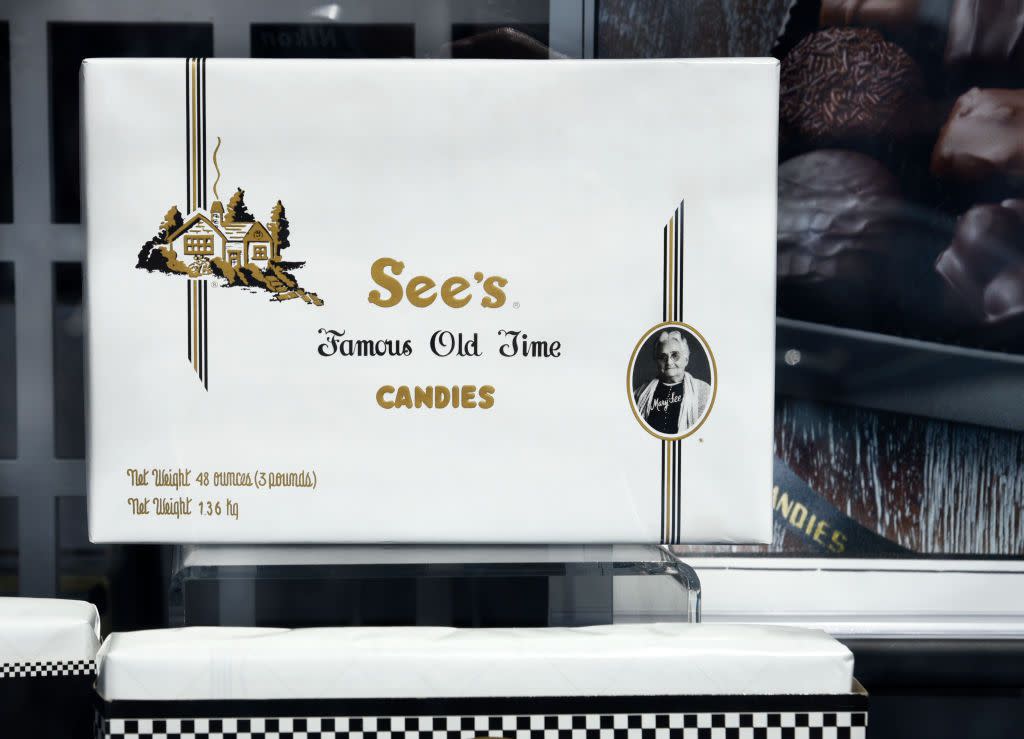
The official See's Candies company is 100 years old but the candies themselves are older than that – co-founder Mary See developed the recipes while she and her husband ran a hotel in Ontario, Canada. After he died, Mary moved with her son Charles and his wife Florence to Los Angeles, where the three of them opened their first candy store using Mary's recipes. The candy was so popular that within four years they'd expanded to a dozen stores around the city. By the 1950s the company's place was set in pop-culture history when Lucille Ball used See's factory to train for the famous chocolate-factory episode of I Love Lucy.
Related: 25 Candymakers With Treats Almost Too Pretty to Eat
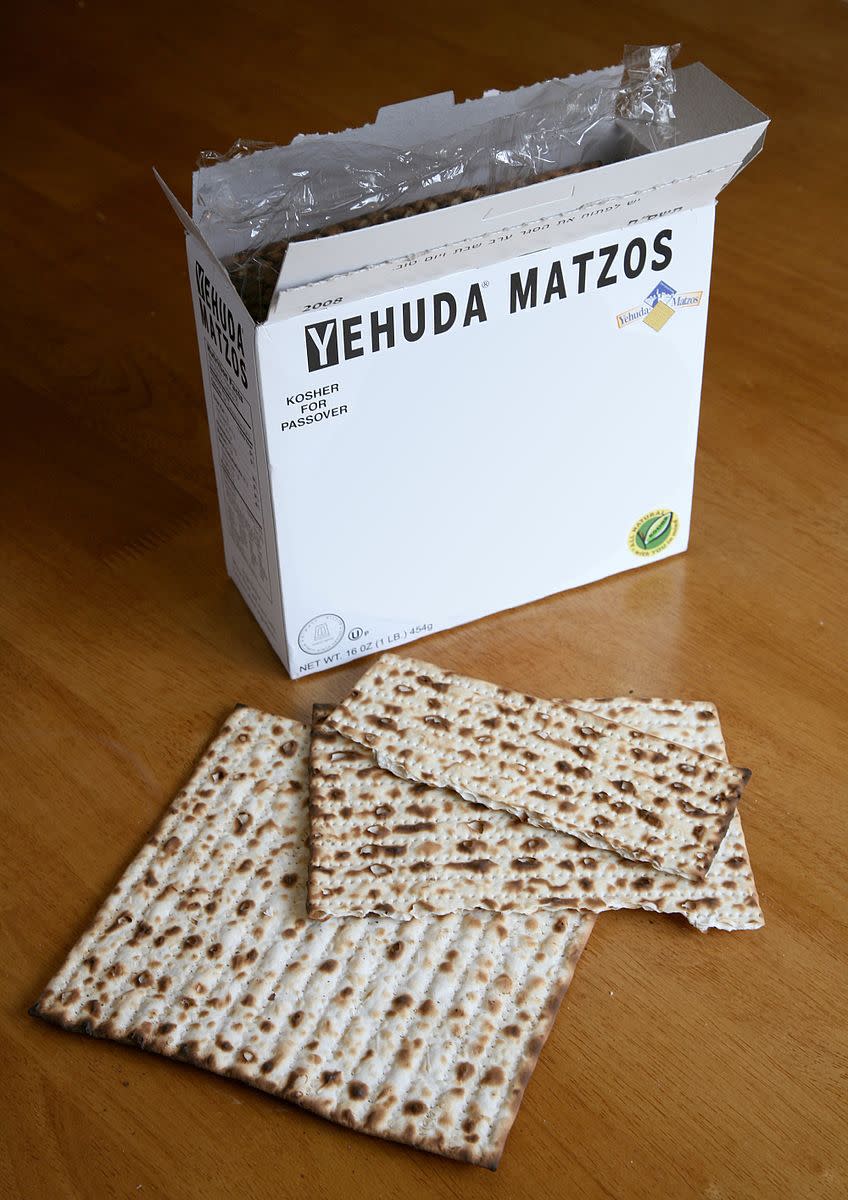
If you keep kosher for Passover or have been the dinner guest of anyone who does, there's a good chance you're familiar with Yehuda matzos, whose certified kosher products have been made in Israel since before the modern nation of Israel was established.






